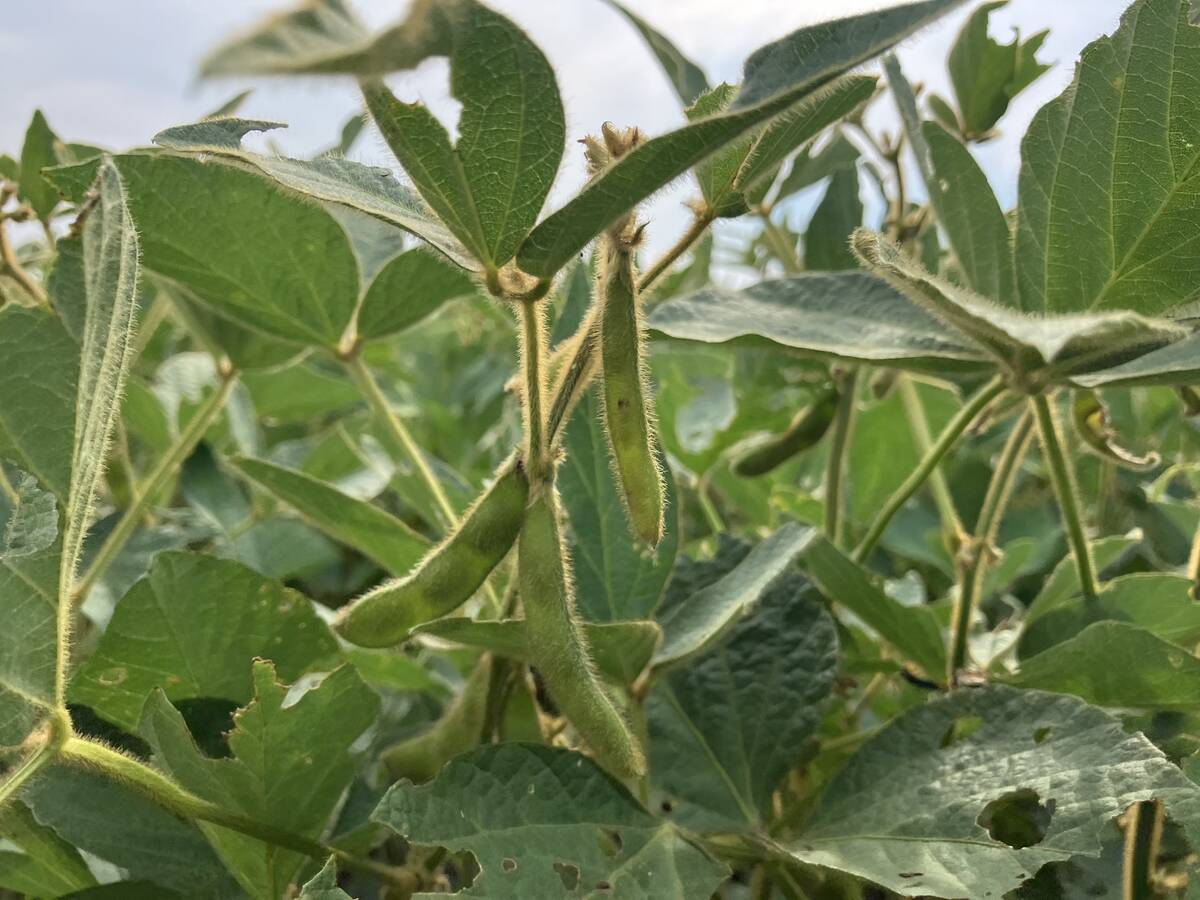U.S., Brazil and Argentina are the globe’s top producers, but critic says global adoption of GM crops has slowed
Farmers around the world continue to embrace genetically modified crops, according to a recent report, but critics say it overstates the case.
A record 448 million acres were planted to GM crops in 2014, up 15 million acres from the previous year, says the International Service for the Acquisition of Agri-Biotech Applications (ISAAA).
Acreage has increased more than 100-fold from the 4.2 million acres seeded in 1996, the first year of commercialization for GM crops.
“Biotech adoption and approval in 2014 was impressive by any standard,” ISAAA founder Clive James said in a video accompanying the report.
Read Also

Soybean market still figuring out implications of China-U.S. pact
Soybean futures had a muted reaction to the U.S. trade deal with China as the market tries to figure out the nuances of the deal.
Lucy Sharratt, co-ordinator for the Canadian Biotechnology Action Network (CBAN), thinks the numbers tell a different story, noting that the rate of growth was 3.6 percent, down from six percent a couple of years ago.
“It’s almost static in terms of growth,” she said.
ISAAA said GM crops were planted in 28 countries in 2014, many of which are resource-poor developing countries. More than half of the world’s population lives in those 28 countries.
Sharratt said 28 sounds like an impressive number, but digging deeper into the statistics tells a different story.
“In reality, it’s still 10 countries that grow almost 100 percent of all the GM crops, and three countries that grow 77 percent,” she said.
Nineteen of the 28 countries accounted for less than one percent of global GM crop acreage, including Sudan, Colombia and Spain, which each grew 250,000 acres of biotech crops.
GM crops are grown on 13 percent of global arable land, which is why Sharratt believes the ISAAA report “overstates the case” for widespread adoption of the technology.
James was contacted for this story but was travelling and unavailable for an interview.
The top three adopters are:
- The United States with 181 million acres of GM corn, soybeans, cotton, canola, sugar beets, alfalfa, papaya and squash.
- Brazil with 104 million acres of GM soybeans, corn and cotton.
- Argentina with 60 million acres of the same three crops.
Canada ranked fifth with 29 million acres of GM canola, corn, soybeans and sugar beets, which is up seven percent from the previous year.
Sharratt said growers in North and South America have embraced GM crops, but the technology is largely shunned elsewhere in the world.
The ISAAA report devoted a lot of ink to Bangladesh, which became the 28th country to grow GM crops when 120 farmers planted 30 acres of an insect-resistant GM eggplant.
“This lays the foundation as a model of success for other small, poor countries to quickly introduce the benefits of biotech crops,” said James in a news release.
Sharratt said the GM eggplant was approved in a hurried process that did not include public consultation. The government disregarded major opposition from farmers and consumers.
She said there have been protests and lawsuits surrounding the introduction of GM corn in Mexico, while controversy swirls around the introduction of the crop in Sudan and Colombia.
“We have governments that are moving ahead without some of the processes we might expect to see in a more robust democracy,” said Sharratt.
ISAAA said India grew a record 29 million acres of GM cotton in 2014, which represents 95 percent of cotton acres in the country. A report by two British economists estimates the crop enhanced Indian farm income by $2.1 billion in 2013.
GM cotton also accounted for 93 percent of the 10 million acres planted in China in 2014.
Sharratt said cotton farmers in India with small landholdings and marginal soil have experienced “drastic failures” with their B.t. cotton crops.
“We cannot minimize the very serious negative impacts that B.t. cotton failures have had on certain farmers in India,” she said.
Sharratt said the adoption rate of the technology is so high in India because Monsanto owns almost all of the seed supply.
ISAAA said a meta-analysis conducted by two German economists concluded that GM technology has on average reduced pesticide use 37 percent, increased yields 22 percent and increased farmer profits 68 percent between 1995 and 2014.
Sharratt said she has not read the study, but she has seen statistics from the U.S. Department of Agriculture showing herbicide use has increased since the introduction of GM crops.
CBAN has launched GMO Inquiry 2015, an investigation into the impact of 20 years of GM crop commercialization in Canada.
sean.pratt@producer.com















